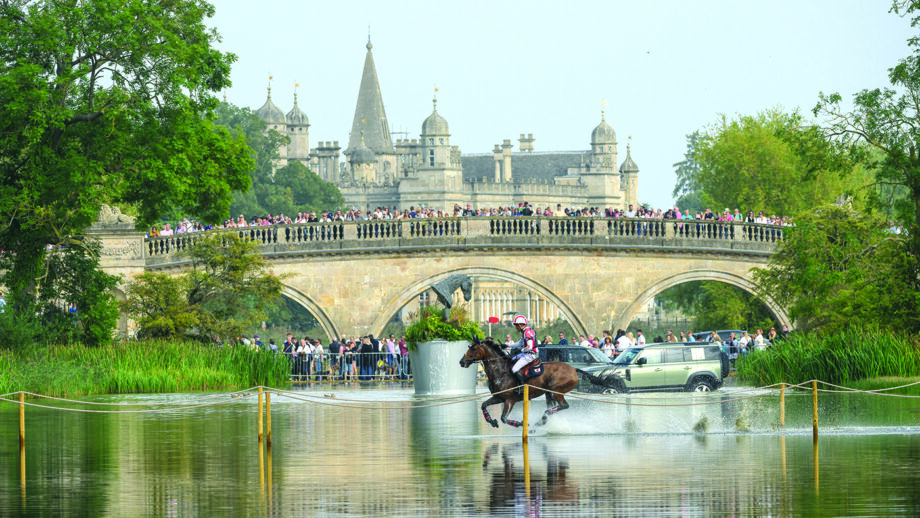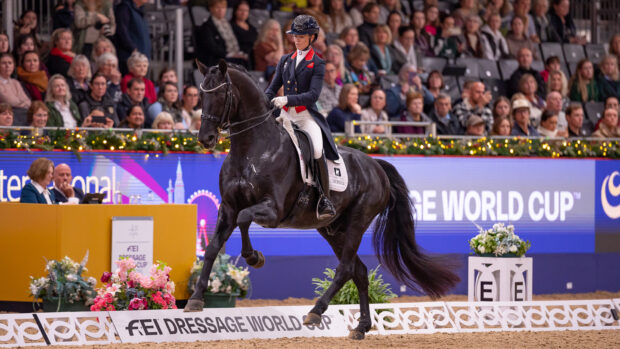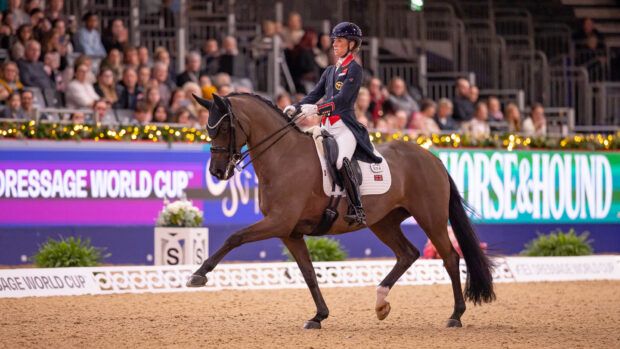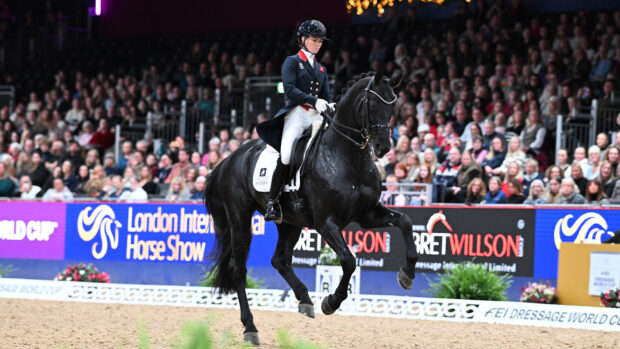Six-time Burghley winner William Fox-Pitt has given his exclusive insight into the 2024 five-star cross-country course ahead of this year’s event (4 to 8 September).
William says that Defender Burghley Horse Trials cross-country course designer Derek di Grazia “is asking some terrific questions” on this year’s track. He was also full of praise for the ground conditions, which he described as a “real credit to the Burghley team”.
The 2024 cross-country course features iconic Burghley fences, including the Holland Cooper Leaf Pit and Irish Horse Board Cottesmore Leap, plus fresh twists on some of the familiar jumps, such the Trout Hatchery, and a simple yet clever question early on in the main arena.
William has assessed and rated each of the 30 numbered fences in an exclusive H&H course walk in the current issue of the magazine (on sale from 29 August).
Watch below as William walks three of the key combinations on the 2024 Defender Burghley Horse Trials cross-country course…
Holland Cooper Leaf Pit (fence 7abcde)
The direct route here takes competitors off the imposing drop, followed by two arrowhead brushes on undulating ground. There is a long option at this fence.
“Horses have really got to be brave, and hopefully pop off that drop nicely,” says William. “Riders will have to shorten their reins really quickly in the bottom.
“Don’t turn too early – you’ve got to get on the right line for ‘c’ on the direct route. The temptation is to turn a bit early, but think ‘turn late, and straight’.
“Really get yourself up under this little beech tree on the approach to the final element – don’t turn too early, and then they can see the way.”
Trout Hatchery (fences 10ab & 11abc)
Competitors will jump a roll-top, followed by a splash into water. They will then turn left-handed to jump another roll-top dropping directly into water, before heading out up a slope to a brush corner to half-moon brush on a related distance. William has given this question a difficulty rating of 9/10.
“Here we are at the Trout Hatchery, one of Burghley’s most famous fences. It’s pretty serious, I reckon,” says William, adding the question this year has “certainly opened my eyes a bit”.
“Fence 10a is a good set up, good to get their feet wet, and ready for what’s coming.”
He adds that 10b is “quite a big drop into the second Trout Hatchery” before a “very decent” question at fence 11abc.
“It’s a real question of line and bravery – horses will have to stay on their line and as they get to 11a, be looking for the [half-moon brush] at 11bc. Ideally, you’ll stay on your line and do two nice strides.”
There is an alternative at fence 11.
Joules at the Maltings (fences 14 & 15abc)
All competitors must jump the white oxer at fence 14 to the hedge at 15a. The direct route for 15b and 15c is a blue angled rail to an arrowhead brush. There is an alternate rail and arrowhead brush and the lettering means that competitors can mix and match on the alternatives, should they wish.
“Riders will want to take a bit of control here – you don’t want to be jumping 15a accelerating,” says William.
“Depending on where Derek puts the ground line [for 15b] will dictate how early you can turn. I’d be angling at I suppose 45 degrees, nothing that a Burghley horse shouldn’t manage, then landing and getting onto my line for the final element – which would be on three strides.
“There’s quite a big area here where you are being slowed down – from the turn to the oxer, right the way through to the turn after the final arrowhead – so riders will want to be aware of making the most of the galloping that is to come.”
- To stay up to date with all the breaking news throughout the Paralympic Games, Burghley, HOYS and more, subscribe to the Horse & Hound website
You might also be interested in:

Subscribe to Horse & Hound magazine today – and enjoy unlimited website access all year round

How to watch Burghley Horse Trials 2025 live streams and on TV wherever you are

Take a sneak peek at William Fox-Pitt walking the Burghley cross-country course…

Five-star winner takes pathfinder spot as Burghley draw released




